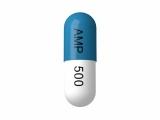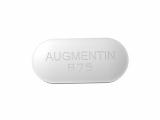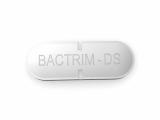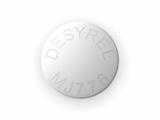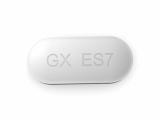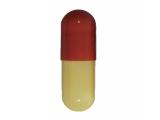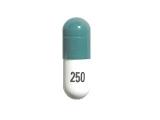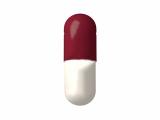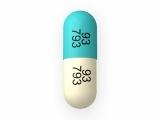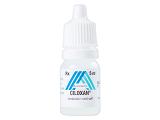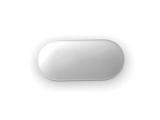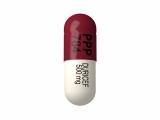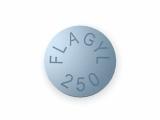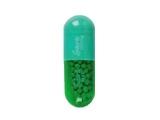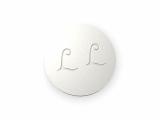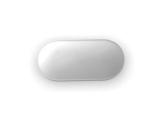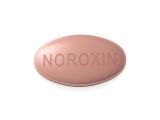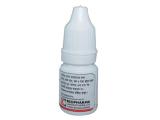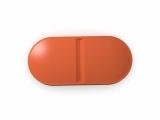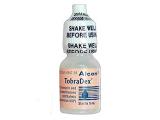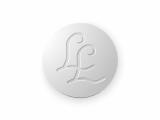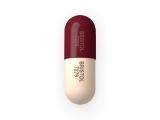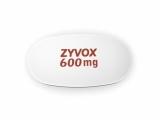- Advent DT
- Amoxicillin
- Amoxil
- Ampicillin
- Augmentin
- Azithromycin
- Bactrim
- Biaxin
- Cefadroxil
- Cefdinir
- Cefpodoxime
- Ceftin
- Cefuroxime
- Cenmox
- Cephalexin
- Chloramphenicol
- Chloromycetin
- Ciloxan
- Cipro
- Ciprodex
- Ciprofloxacin
- Ciprofloxacin + Dexamethasone
- Cleocin
- Doxycycline
- Duricef
- Erythromycin
- Flagyl
- Floxin
- Ilosone
- Keflex
- Keftab
- Lamisil
- Levaquin
- Macrobid
- Metronidazole
- Minocin
- Minomycin
- Myambutol
- Norfloxacin
- Noroxin
- Ocuflox
- Omnicef
- Principen
- Rifampin
- Sumycin
- Suprax
- Terbinafine
- Tinidazole
- Tobramycin And Dexamethasone
- Trecator-SC
- Trimethoprim
- Trimox
- Vantin
- Zithromax
- Zithromax Dispersible
- Zyvox
- Clindamycin
- Avelox
- Clarithromycin
- Ethionamide
Active ingredient
Ciprofloxacin/Dexamethasone
$44.39 per drops
$18.00 per drops
Active ingredient
Ciprofloxacin hydrochloride
$1.56 per pill
$0.33 per pill
Active ingredient
Ciprofloxacin/Dexamethasone
$44.39 per drops
$19.20 per drops
Looking for a trusted online pharmacy to buy antibiotics? Our platform offers a wide variety of antibiotics available for purchase with the convenience of home delivery. Whether you're seeking antibiotics for a bacterial infection or a preventative measure, we provide fast, discreet shipping straight to your doorstep. Our pharmacy works with certified professionals to ensure you receive quality medications prescribed by licensed doctors. We offer antibiotics like amoxicillin, azithromycin, ciprofloxacin, and many others, all sourced from reliable manufacturers. You can confidently purchase antibiotics from us, knowing we only provide FDA-approved medications. Our easy-to-navigate website lets you place orders quickly and securely, with a focus on customer satisfaction. With expert consultation available online, you can connect with a licensed healthcare provider before making a purchase. We cater to both urgent needs and long-term prescriptions, offering competitive prices and fast fulfillment. Your privacy is our top priority, and we ensure a discreet packaging and delivery process. All medications are reviewed and dispensed by licensed pharmacists, guaranteeing their authenticity and effectiveness. If you're unsure about the right antibiotic for your condition, our support team is available to assist. Ordering antibiotics online has never been easier or more secure. Our pharmacy complies with the highest industry standards, ensuring both your safety and convenience. Start your treatment today by trusting our online pharmacy for all your antibiotic needs.






